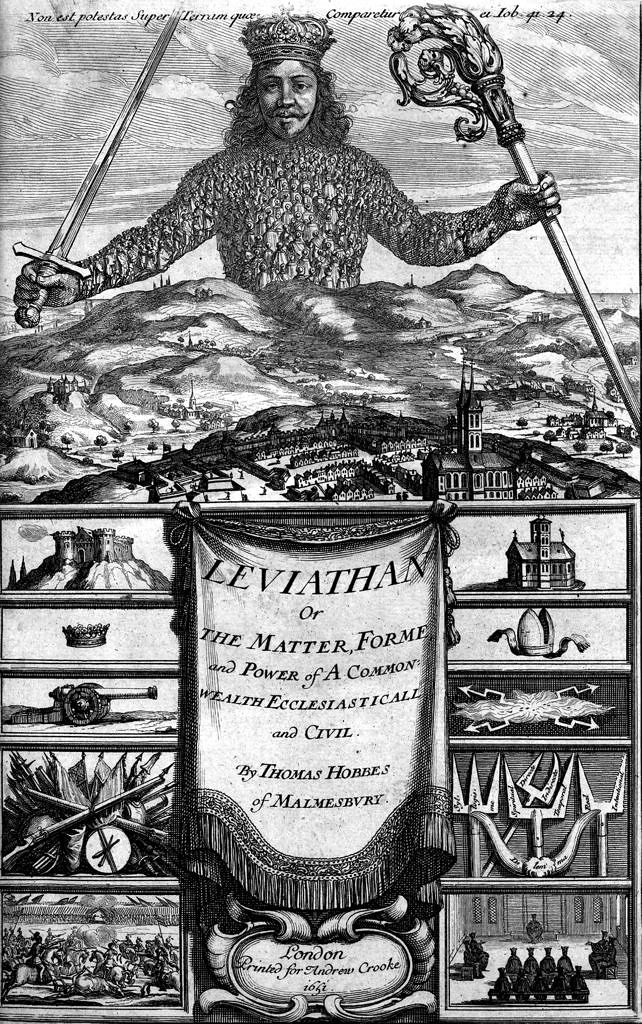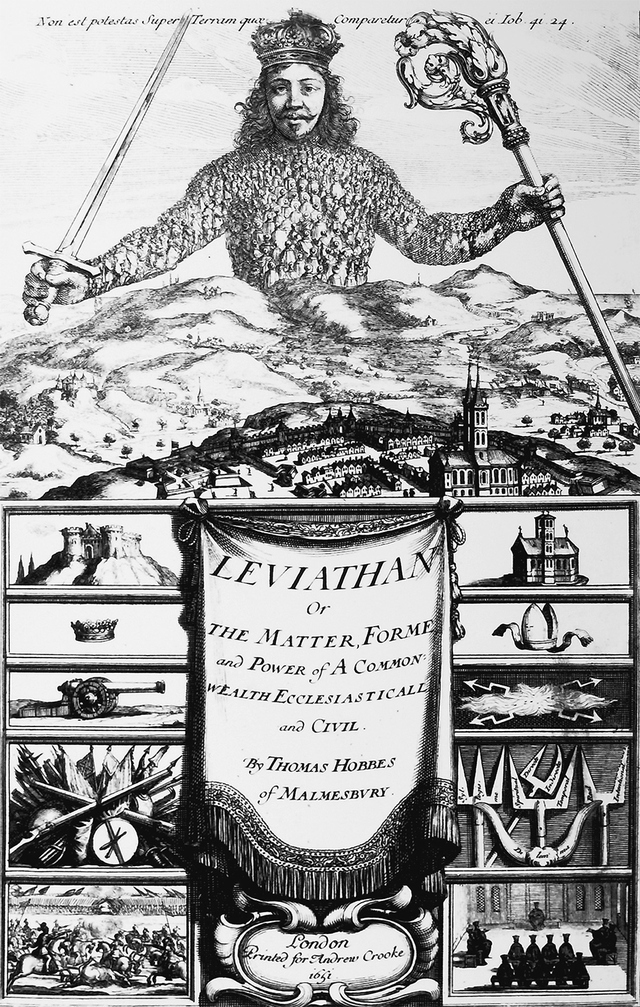


24")-further linking the figure to the monster of the book. 24" ("There is no power on earth to be compared to him. In it, a giant crowned figure is seen emerging from the landscape, clutching a sword and a crosier, beneath a quote from the Book of Job-" Non est potestas Super Terram quae Comparetur ei. The frontispiece has two main elements, of which the upper part is by far the more striking. It is similar in organisation to the frontispiece of Hobbes' De Cive (1642), created by Jean Matheus. In contrast to the simply informative titles usually given to works of early modern political philosophy, such as John Locke's Two Treatises of Government or Hobbes's own earlier work The Elements of Law, Hobbes selected a more poetic name for this more provocative treatise.Īfter lengthy discussion with Thomas Hobbes, the Parisian Abraham Bosse created the etching for the book's famous frontispiece in the géometrique style which Bosse himself had refined. The title of Hobbes's treatise alludes to the Leviathan mentioned in the Book of Job. Hobbes wrote that civil war and the brute situation of a state of nature (" the war of all against all") could be avoided only by a strong, undivided government. Written during the English Civil War (1642–1651), it argues for a social contract and rule by an absolute sovereign. The work concerns the structure of society and legitimate government, and is regarded as one of the earliest and most influential examples of social contract theory. Its name derives from the biblical Leviathan. Leviathan or The Matter, Forme and Power of a Commonwealth Ecclesiasticall and Civil, commonly referred to as Leviathan, is a book written by Thomas Hobbes (1588–1679) and published in 1651 (revised Latin edition 1668).


 0 kommentar(er)
0 kommentar(er)
